Among the many developments from 2023, Satyen K. Bordoloi picks four that will affect all of our futures irretrievably.
The future, back in the past, was simpler, and fairly predictable. Study, get a job, settle down, retire and wait to die – was the routine of most lives. As each of us has observed, this does not seem to fit anymore. 2023 was the year that proved this irrevocably. Here are four fields where, so many changes occurred in 2023, that it will change everything we do going forward.

GENETIC EDITING FOR COMMON CONDITIONS:
2023 will end up as the year of gene editing. At Sify, we wrote about the world’s first approved genetic cure for sickle cell disease. That was a watershed event that will change life on the planet and upend the carefully crafted world nature has nurtured for hundreds of millions of years using DNA. But other, surprising conditions are under trial using the gene-editing tool CRISPR. These include high cholesterol, urinary tract infections, blood conditions, metabolic disorders, eye treatments, besides of course genetic disorders and cancer. The results of the trials will take at least a decade.
CRISPR isn’t the only gene editing tool anymore. 2023 saw much research and funding put into, and thus immense strides made in other such tools like ZFNs (Zinc Finger Nucleases), MegaNucleases, TALENs (Transcription Activator-Like Effector Nucleases), MegaTALS, CAS-CLOVER etc. This is a cause both for celebration and alarm.
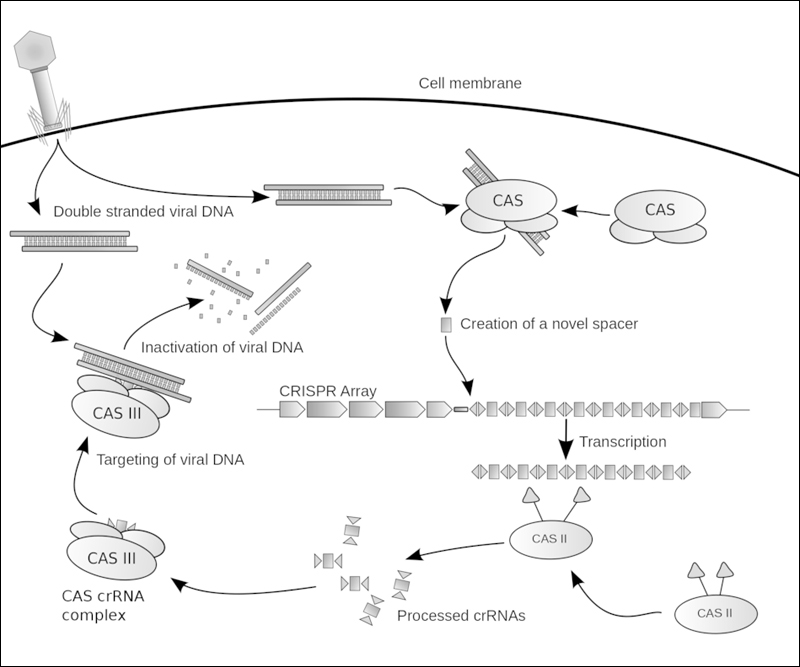
Alarm because this raises a lot of concerns. A decade, even a lifetime, sometimes isn’t enough to understand unintended mutations genetic editing can cause. While many talk about AI ending the world, gene editing gone wrong actually could. AI and quantum computing, are just tools to increase productivity in life. However, gene editing tools are meant to increase and improve life itself but have no kill switch if something goes wrong. And if it does, like the half-life of nuclear radiation, it could take hundreds or thousands of years to right mutations triggered by wrong genetic editing in humans.
Mistakes are already being made. Take the case of the American Chestnut Foundation – a nonprofit – that worked for a decade to create a genetically engineered chestnut tree that could withstand a deadly disease infecting the tree. The gene-edited trees were planted, but some grew shorter than others. It took years and expensive sequencing to realize that many of the trees had a gene inserted into the wrong spot. You can cut these trees. But what would we do if such a mistake was made on humans, and we discovered it decades later after those people had children?
Genetic editing raises more ethical, social, legal, regulatory and moral issues than AI. Sadly, in the doomsdayism of AI, genetic engineering is not getting the attention its potential dangers warrant.
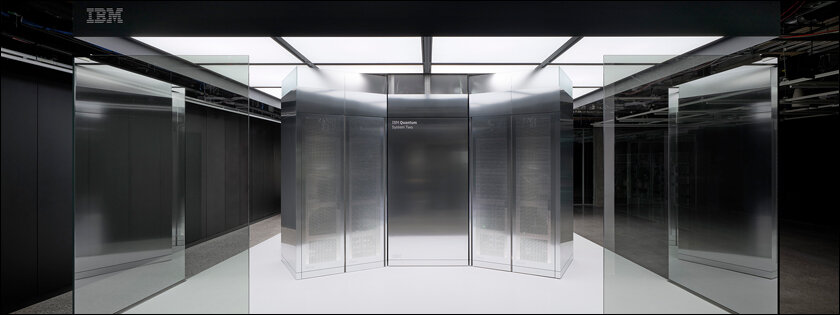
(Image Credit: Ryan Lavine for IBM)
QUANTUM COMPUTING:
Quantum computing comes above Artificial Intelligence in the order of developments in 2023 that will change our future. In the past, doubts have often been raised about quantum computing’s viability for practical uses or mass use like classical computers. Developments in 2023 put all those concerns to rest.
End of 2022 we at Sify told you about the first quantum computer that went on retail sale. Its uses were restricted to educational purposes. But in 2023 an IBM employee who works with quantum computers declared that the age where these machines start solving daily problems is here. They launched a 133 qubit Heron Quantum Processing Unit (QPU) IBM touted as their first utility-scale quantum processor. But more important was their Quantum System Two – a self-contained quantum-specific supercomputing architecture.

Many other companies and universities from MIT, Caltech and Google to Alibaba in China also proved the supremacy of quantum computing over classical ones. Software to run quantum systems was developed further. So was the architecture required to connect these devices and match their processing speeds.
We now know that mass usage of quantum computers is not a question of ‘if’, but ‘when’. IBM – the global leader – pegs it at the mid-2030s. Whenever it happens, we’ll look back at our lives with classical computers, as we do the age of 1G while using 5G.
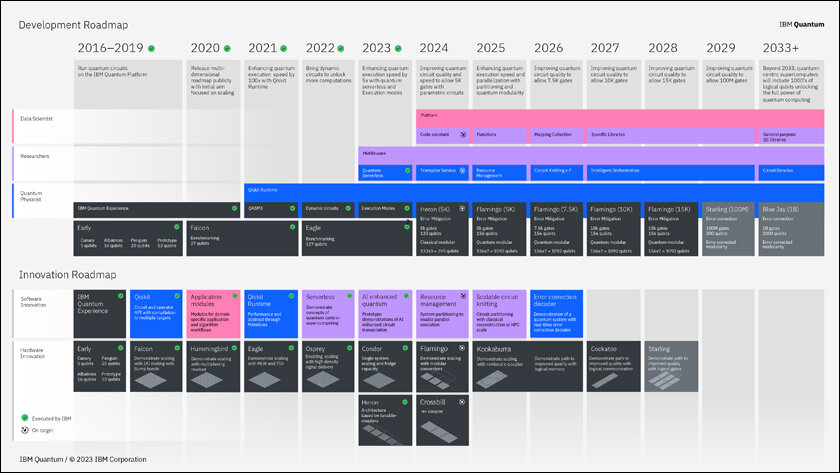
(Image Credit: IBM)
ARTIFICIAL INTELLIGENCE:
2023 was the year everyone worldwide heard about AI. Though ChatGPT released end of 2022, its full impact was realized this year. A host of other AI programs and LLMs: from Google Bard, Microsoft Bing AI, Llama by Meta, Claude from Anthropic, Ferret by Apple and eventually Gemini by Google, among others, were released this year. These and hundreds of other generative AI tools riding on them, could do so much – write, draw, paraphrase, make PowerPoints and Excel sheets, make video clips from prompts etc. – that it is just a matter of time, before someone will figure out that if you put all these power into one system, you can have a personal AI assistant. Indeed, 2023 was also when Humane became the first company to launch the world’s first standalone personal AI assistant device in what they unimaginatively called the AI-pin.

2023 is only the beginning of the generative AI explosion. We already have AI systems that make videos using prompts and are getting better at it. What this will lead to, is – to give a simple example – a filmmaking process where films will be made not with cameras, actors or lights but by a prompt engineer sitting on his laptop.
I’m sure you’ve heard enough about AI all of 2023. Hence, I’ll go into something rarely talked about: work and how all these technologies change how we work, and thus live and love.
A TRULY ‘HYBRID’ WORK AND LIFE:
Learn till you are 22-25, earn till you are 60, retire in peace till you die: this is a model that has passed its expiration date. This was proven in 2023 when thousands were laid off, beginning from the tech sector, thanks to technological changes. Generative AI, among the other types of AI, can already do so much that there isn’t a job entirely safe from AI’s clutches. To make it worse, we are living longer. A few decades from now, thanks to all the three things you read above, living till 100 will be normal. Hence, to retire at 60 – which would become near the middle of your life, would be strange.
Society hence needs to evolve how the three phases – learning, earning and retirement – can coexist. Everything is changing so fast in every field; you have to continue learning all your life to truly be good. Since we’re living more healthy lives, 80 will soon become the new 60 and the retirement age will also go up accordingly. But it’s inexplicable to expect one to work non-stop from the 20s to one’s 80s. Hence, you’ll need to take not just vacations, but proper breaks in your work life, breaks that last months at times, at other times years. Lynda Gratton describes it beautifully in her book ‘The 100-Year Life’ and this BigThink video.
Yet, 2023 began with a series of protests in France, the first one on Jan 19 seeing over a million people demonstrating nationwide against the pension reform bill that proposed to increase the retirement age from 62 to 64. As we live longer and governments find it difficult to pay pensions without increasing the age of retirement, these types of unrest will continue. The need is not for a worker to work non-stop, but as stated above – to mix learning, working and retirement most of our lives instead of compartmentalizing it as we do now.
We already have a model in women who take off for a few years to raise children and then rejoin the workforce. Men should also be allowed to do that – to raise kids, learn, or just chill. Of course, depending upon the years you take off, years should be added to your work life later.
The future isn’t what it used to be anymore. It’s never going to be. And every time you think you’ve got a handle on it, the present will shape-shift again, and the future will vigorously refuse to be what it should be, what you want it to be. The only thing we can do, indeed what we should be excited to do, is change with it. If the future can change, so can we. Let 2024 be the start of that journey for each one of us.
In case you missed:
- AI Taken for Granted: Has the World Reached the Point of AI Fatigue?
- Microsoft’s Quantum Chip Majorana 1: Marketing Hype or Leap Forward?
- Google’s Willow Quantum Chip: Separating Reality from Hype
- A Howl Heard Worldwide: Scientific Debate Roars Over an Extinct Wolf’s Return
- Why a Quantum Internet Test Under New York Threatens to Change the World
- Prizes for Research Using AI: Blasphemy or Nobel Academy’s Genius
- Reversing Heart Disease: Next Step in Living 150 Years Achieved in Lab
- Quantum Internet Is Closer Than You Think, & It’s Using the Same Cables as Netflix
- Kodak Moment: How Apple, Amazon, Meta, Microsoft Missed the AI Boat, Playing Catch-Up
- AI vs. Metaverse & Crypto: Has AI hype lived up to expectations

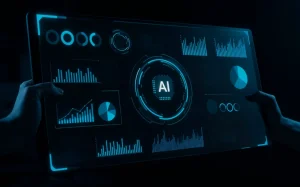

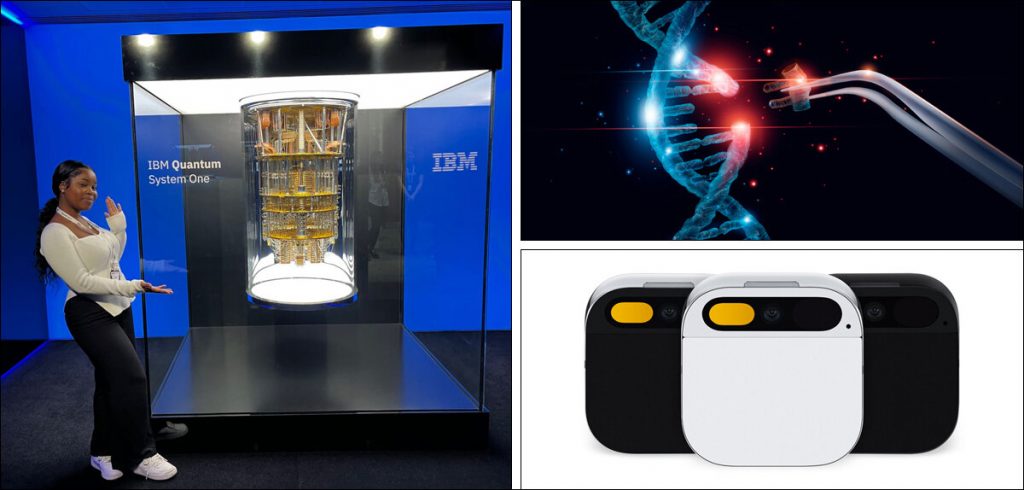







1 Comment
Loved it! I think everything has its own perspective.. it can be a doom
Or survive or live!